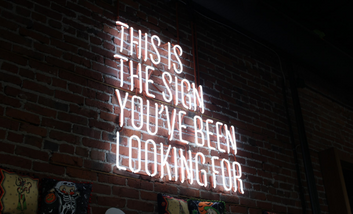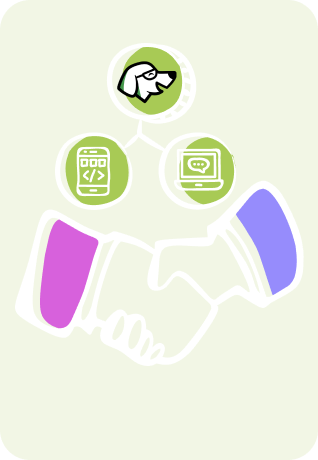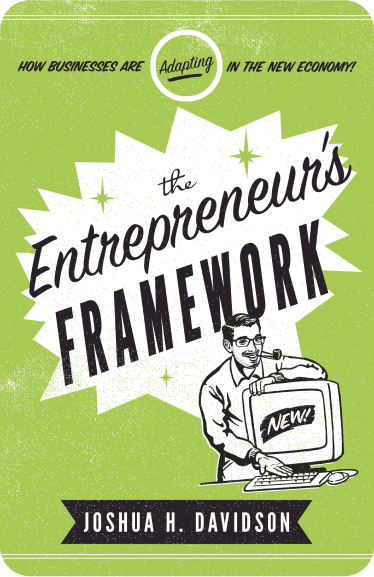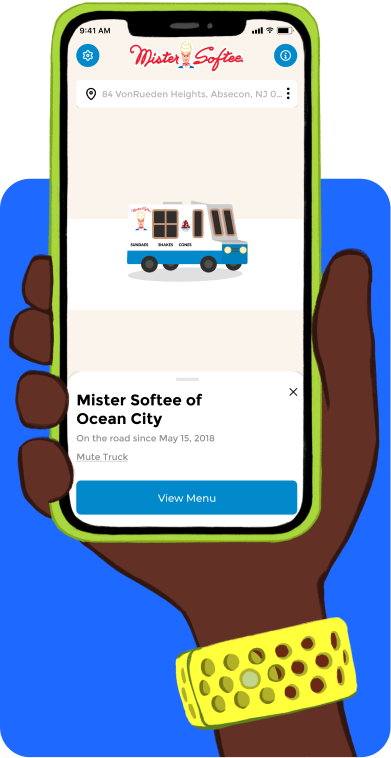There are a lot of misunderstandings out there when it comes to what exactly mobile app accessibility is and who it benefits.
This is why, for many tech entrepreneurs, mobile app accessibility is not a priority, even though it should be!
In this post, we break down why mobile app accessibility matters and explore things creators should consider to improve their apps. We also dispel some of the most common myths about mobile app accessibility.
Cutting Through A Big Accessibility Myth
A common myth is that so few people need accommodations that it’s not worth pursuing.
This is actually not true! While, in general, there is a very black and white view that divides people into the categories of “able-bodied” and “disabled” without many nuances, this is actually more complex.
For example, certain things that are considered disabilities, like hearing loss, are often just a part of the natural aging process. By age 65, half of people have some hearing loss.
Currently, it is estimated that one-eighth of the people in the US over age 12 have some form of hearing loss.
That’s 30 million people in just this one category alone. Hardly a small group!
An Interesting Phenomenon
In conditions like these, it seems obvious that small business owners would have to increase their prices. After all, it would appear that they have few other options.
Interestingly, a CNBC and SurveyMonkey Small Business Survey for Q2 of 2022 reveals the opposite.
Some 75% said they are currently experiencing a rise in the cost of their supplies, yet only 40% are increasing prices. That’s down from the 47% of owners who adjusted prices in the first quarter.
Ignoring Mobile App Accessibility Is Bad Business
According to data from the CDC:
61 million adults in the United States live with a disability. 26 percent (one in 4) of adults in the United States have some type of disability.
This is an ethical issue. However, it is also simply bad business to exclude up to a quarter of the people in the US from using your app. If you take no form of accessibility into account, you are losing many customers before you even begin.
A quarter of the US population is more than 82 million people, almost double the whole population of Canada.
In many cases, it is not that much more complicated or expensive to make an app with more users in mind either.
The Diamond Report
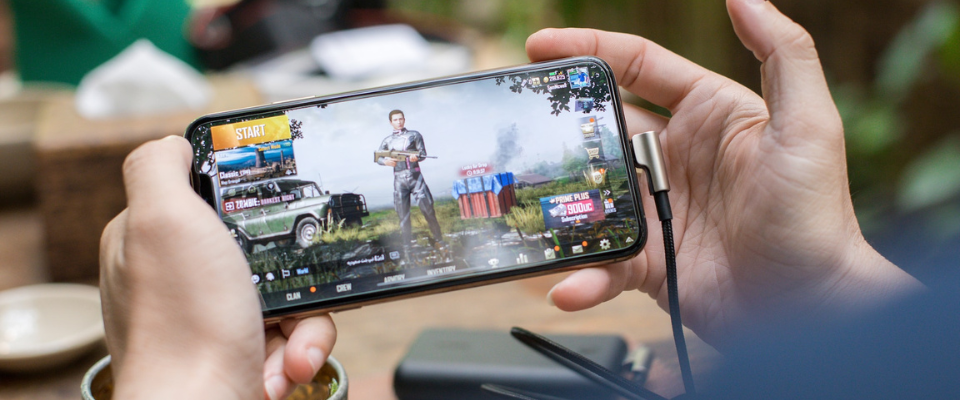
Digital Design Company Diamond released its latest State of Accessibility Report in December of 2021. It explores the digital accessibility of some of the world’s most used and downloaded apps.
This includes TikTok, YouTube, and various popular mobile games.
Diamond used the guidelines from the Web Accessibility Initiative, a digital accessibility standards initiative from the World Wide Web Consortium. This is a network of professionals building web development standards.
Diamond’s Findings
By using these standards, Diamond found some interesting data. For example:
65% of free iOS apps and 75% of Android apps passed accessibility standards; surprisingly high numbers according to the organization. But paid apps on the whole tanked — only 35% of iOS and 29% of Android apps passed accessibility testing.
According to Diamond, many apps were lacking when it came to some core accessibility features:
- The ability of an app to change its orientation from portrait to landscape.
- The option to resize text.
- The availability of alternative text descriptions of images.
Let’s take a look at the numbers. Why can these things make or break user experience? How can creators improve mobile app accessibility?
Phone Orientation
According to Diamond’s testing of free apps, only 28% of iPhone and 25% of Android apps could reorient between landscape and portrait.
This is a big issue for users who need to use their devices in specific positions.
Many users need to keep their phones in fixed positions, for example, on the arm of a wheelchair. Some who have limited use of their hands need to keep their phones mounted on something.
It might surprise you how common this actually is in the US. Numerous things can cause hand issues. This ranges from injury to cerebral palsy to dozens and dozens of degenerative diseases.
According to the CDC, almost 25% of US adults have arthritis, just one potential cause of hand issues.
Text Resizing
Enabling text size to change is a critical part of user-friendly design. Almost all of us have had the experience of trying to access something online with text that was so big, small, or otherwise distorted that we gave up.
To this day, many sites and applications simply do not let you change text size at all. Or, if they do, whatever you are looking at becomes a poorly formatted text soup.
Across the top 20 free apps, Diamond found that 28% of iPhone and 52% of Android apps allowed for text to be changed.
Ideally, if a user with low vision has a larger text setting to help them use their phone, the app’s font should seamlessly change with it.
Think about it, even if you have the option to change the text size in your app, if it is not presented properly, it won’t help the users who need it much.
Alternative Text For Images
Alternative text helps visually impaired users interpret images with relevant text. While many people think that visual impairment and blindness are the same things, they actually are not.
Visual impairment is a wide spectrum that includes 1 million blind Americans over 40, and 11 million over 40 who have some form of vision impairment. Also, 3% of children in the US are blind or visually impaired.
In this area of accessibility, the majority of tested free apps actually did quite well.
Around 82% of iOS free apps and 77% of Android apps have built-in, readable text descriptions for what Diamond calls “informative images.”
Why Are Paid Apps Less Accessible Than Free Apps?
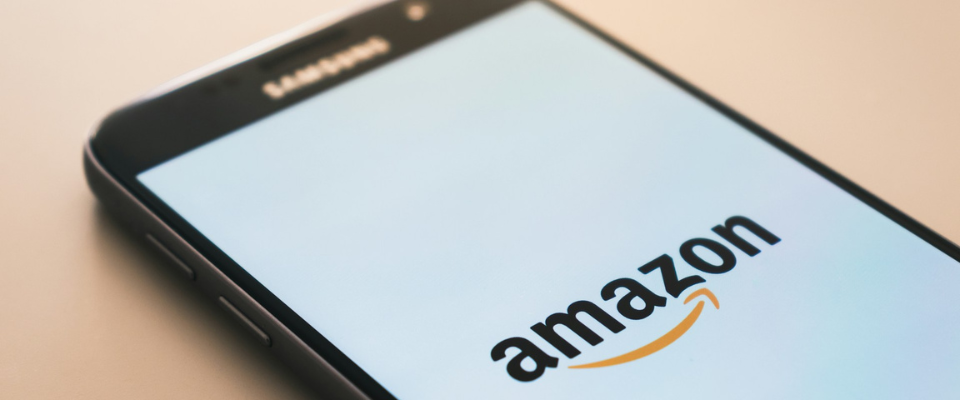
When it came to paid apps, there were some big problems with alternative text. More than half of paid iOS apps failed testing, while 75% of paid Android apps failed.
Across the board, it seems that free apps are more accessible than paid apps. One potential reason why is that paid apps tend to have fewer users. As such, they get less overall user feedback and complaints.
If you want to learn more about the best practices for using alternative text, and other accessibility steps you can consider, take a look at these examples from the WCAG.
Final Thoughts on Mobile App Accessibility
One big myth about accessibility is that it would be very expensive or impossible to accommodate people on a wide scale. Or that doing so simply doesn’t make sense when so few people require it.
However, as you can see, many of these changes are actually quite small. And they also benefit a huge population of people.
The truth is that things like vision, hearing, and physical mobility change in some way for almost all people over the course of their lives. Some people are born with certain conditions too. You want to make sure that your users can always enjoy your app.
The whole point of mobile apps is that they make life easier for users. Improving user experience is a goal of many creators. This should include as many users as possible.
How do you think app makers could improve their accessibility of their products? Comment below.
Since 2009, we have helped create 350+ next-generation apps for startups, Fortune 500s, growing businesses, and non-profits from around the globe. Think Partner, Not Agency.
Find us on social at #MakeItApp’n®





